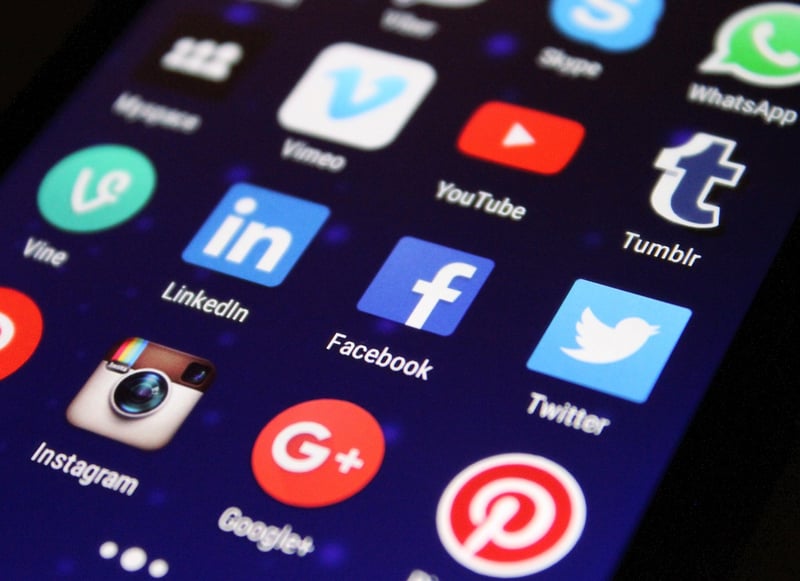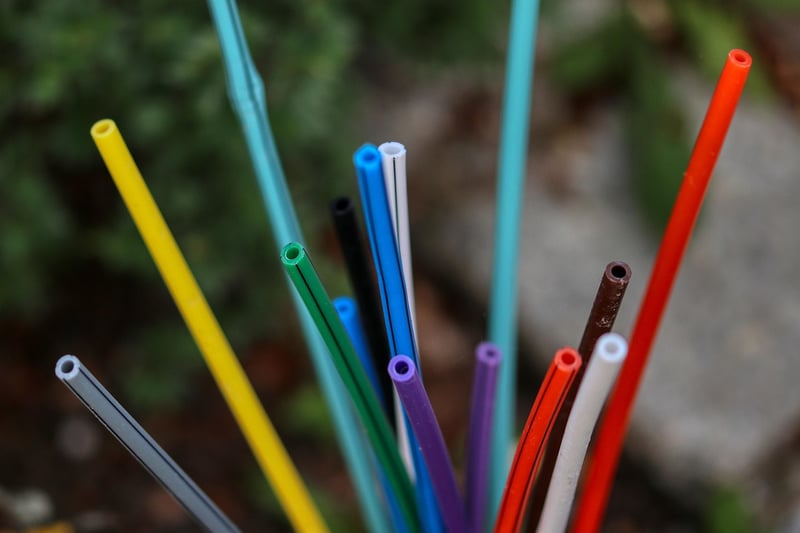Data Transmission
Stay Connected: Understanding Data Transmission
In today's digital age, staying connected is crucial for both personal and professional purposes. Whether you're sending an email, browsing social media, or streaming your favorite shows, data transmission plays a vital role in keeping you connected to the world. Let's dive into the basics of data transmission to better understand how information travels from one point to another.
What is Data Transmission?
Data transmission is the process of sending digital or analog data over a communication channel from one device to another. This can occur over various mediums such as copper wires, optical fibers, or wireless channels. Data transmission allows devices to communicate with each other, enabling the exchange of information in real-time.
Types of Data Transmission
There are two main types of data transmission:
- Analog Transmission: Analog transmission involves continuous data signals that vary in amplitude and frequency. Examples include traditional phone lines.
- Digital Transmission: Digital transmission involves discrete binary signals (0s and 1s) that represent data. This method is commonly used in modern communication systems.
Components of Data Transmission
Key components involved in data transmission include:
- Sender: The device that initiates the data transmission process.
- Receiver: The device that receives the transmitted data.
- Medium: The physical pathway through which data travels, such as cables or wireless signals.
- Protocol: Rules and conventions that govern the communication between sender and receiver.
Importance of Data Transmission
Efficient data transmission is essential for:
- Enabling real-time communication
- Facilitating remote collaboration
- Supporting online transactions
- Powering Internet of Things (IoT) devices

Understanding data transmission is fundamental in today's interconnected world. By grasping the basics of how data travels between devices, you can appreciate the seamless connectivity that defines our daily interactions.
Stay connected, stay informed!
